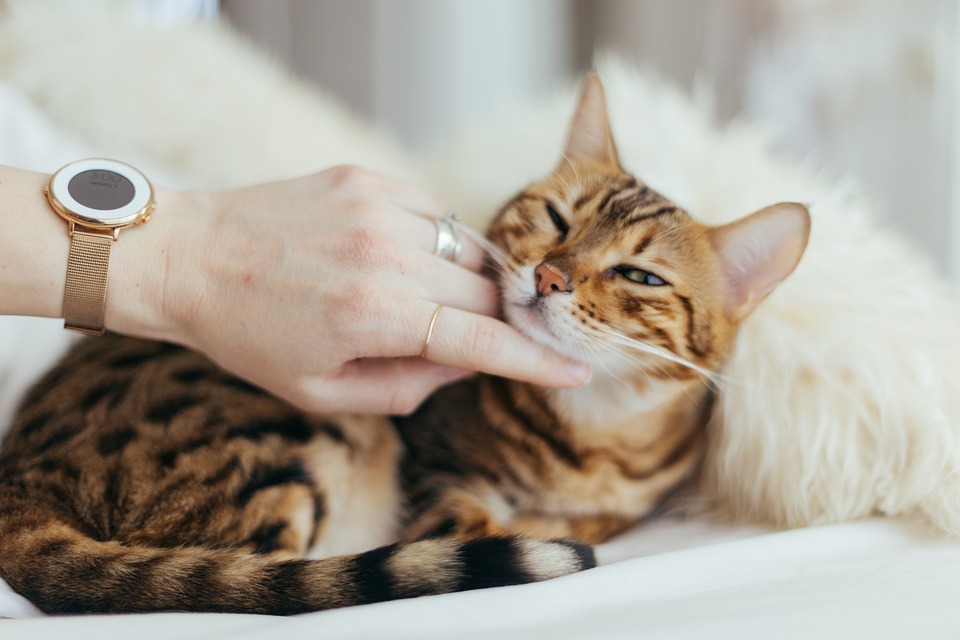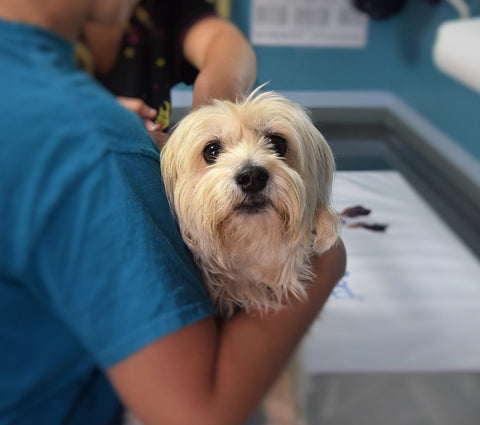How to Prevent Losting Cats and Dogs
A pet may symbolize a child, sibling, best friend, or long-term companion. As a pet owner, your worst fear is that your pet is lost or stolen. If that happens, you may regret and keep blaming yourself for being too careless. And the pain of losing your beloved furry baby may be life-long to you.
To prevent lost pets and pet theft, we must do the following:
1. Be A Responsible Pet Owner
Being a responsible pet owner means protecting your pet, supervising your pet and knowing where your pet is at all times.
If you own a dog, you must secure your fence and supervise your dog. Do not let your dog run off-leash in an unfenced area. Avoid leaving your dog alone in the yard for any period of time. Dogs easily get bored if left alone, and they may find a weak spot in the fence, jump or climb the fence, or even dig out from under the fence. In addiction, a dog left alone can easily be stolen.
If you own a cat, make sure that your balcony and windows are safe for cats. It's important to get a safety net that has been reinforced with wire. It might not be visually appealing, but it can not only keep your cat from running away but also prevent your cat from falling to its death.

Be careful when opening doors so your dog does not run out. Make sure that everyone in your home knows not to let the pets out. If your pet lunges for the exit every time the door opens, you can cure that behavior by tossing a treat or toy away from the door before you open it to let yourself out. Besides, NEVER leave your pet in the car or tethered outside a place of business while you run in "just for a minute." A minute might be all it takes...
2. Always Keep A Collar with ID Tags on Your Pet
A good way to prevent losting dogs or cats is to keep an ID tag on them. If your dog or cat have an ID and is found, the ID tag will help him/her to be safely returned! According to statistics, the return rate of lost cats and dogs wearing pet ID tags is more than 95%. Sadly, many dogs or cats with no ID are picked up by animal control. Some of these animals are never found by their owners.
So, take the time to find the best collar and ID tag for your beloved furry baby, keep them on him/her, just in case. And make sure that the collar fits well and won't slip off. If your pet is found, the ID will help her to be safely returned.

3. Microchip Your Pet
Microchipping is a technology used to locate your dog if he/she ever gets lost or is stolen. Your contact information is stored in the company's database and is associated with your dog's chip number. If your dog is scanned and a chip is found, it can be traced back to you. It also proves that your dog belongs to you in the event he/she is stolen.
Microchips do not affect your dog's health. They do not run on power either. They simply reflect a signal back to the scanner. Once your dog has been implanted with a microchip, it will last for her whole life. Just make sure to keep your contact information current with the microchip company.
Microchipping is a great way to permanently identify your dog, as the chip safely remains under your dog's skin for life. One of the best features of microchips is that they cannot fall off like collars. But it is still important to keep a collar with ID on your dog just in case your dog ends up in a place where no scanner is available.

4. Keep Your Pet on A Leash
Although some movements like "leash-free" got here forward to give freedom to pets, there are many reasons to keep your four legged babies in leash:
First of all, it's the law - the law is in place to protect other members of the public and your pet from injury.Secondly, your pet can not be hit by a car or be bitten by unrestrained animals as you can control him quicker and easier. Thirdly, if your pet is in leash, he will not run after random things, and he will have less possibilities of getting in a fight. Fourthly, if your pet is in leash, you don't have to worry about your pet getting stolen or missing.
To protect pets from getting hurt, it is better and necessary to keep them in a leash.

5. Travel Safely With Your Pet
Traveling with your pet can be a great fun, but travel safety is essential.
IF YOU ARE TRAVELING WITH YOUR PET BY CAR:
- Keep your pets safe and secure in a well-ventilated crate or carrier. All cats should be in a crate or carrier. Dogs can be either in crate or carrier, or restrained in a special harness that attaches to the seat belt.
- If you use a pet barrier in the back seat or deck of your SUV, be sure it is sturdy and firmly attached so it does not collapse on your pet.
- NEVER let your pet out of the car without proper restraint.
- NEVER let your pet hang out of the window, or your pet could get hurt by flying debris.
- NEVER leave your pet alone in a parked vehicle. Or your pet will be vulnerable to heat stroke or theft.
If you are traveling out of town, stop regularly so that your pet can stretch his legs and have a drink of water.

IF YOU ARE TRAVELING BY AIR:
- Make an appointment with your pet's veterinarian for a checkup before the flight
- Make sure your pet's crate is USDA-approved and has proper identification
- If your pet is small, you may be able to carry him or her onboard with you (in a crate—check airline rules).
- If your pet must travel in the luggage or cargo area, take a direct flight and travel on the same flight as your pet.
- DON'T travel when temperatures are above 85 degrees Fahrenheit or below 45 degrees Fahrenheit. Besides, ask to watch your pet being loaded and unloaded.
- Tell every airline employee you encounter—on the ground and in the air—that you are traveling with a pet in the cargo hold.
If the plane has to taxi for a long time, ask that a temperature check be taken on the cargo area. Pets have been harmed because cargo area temperatures got too hot or too cold while the airplane taxied.
